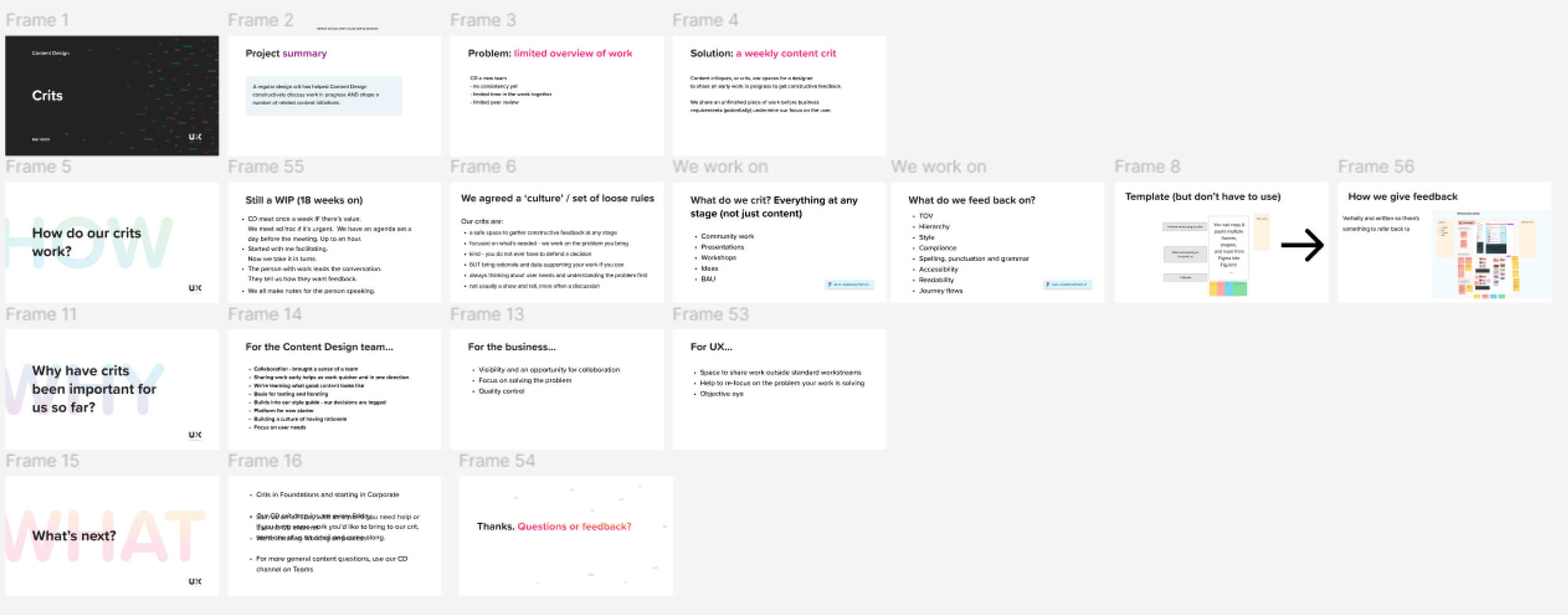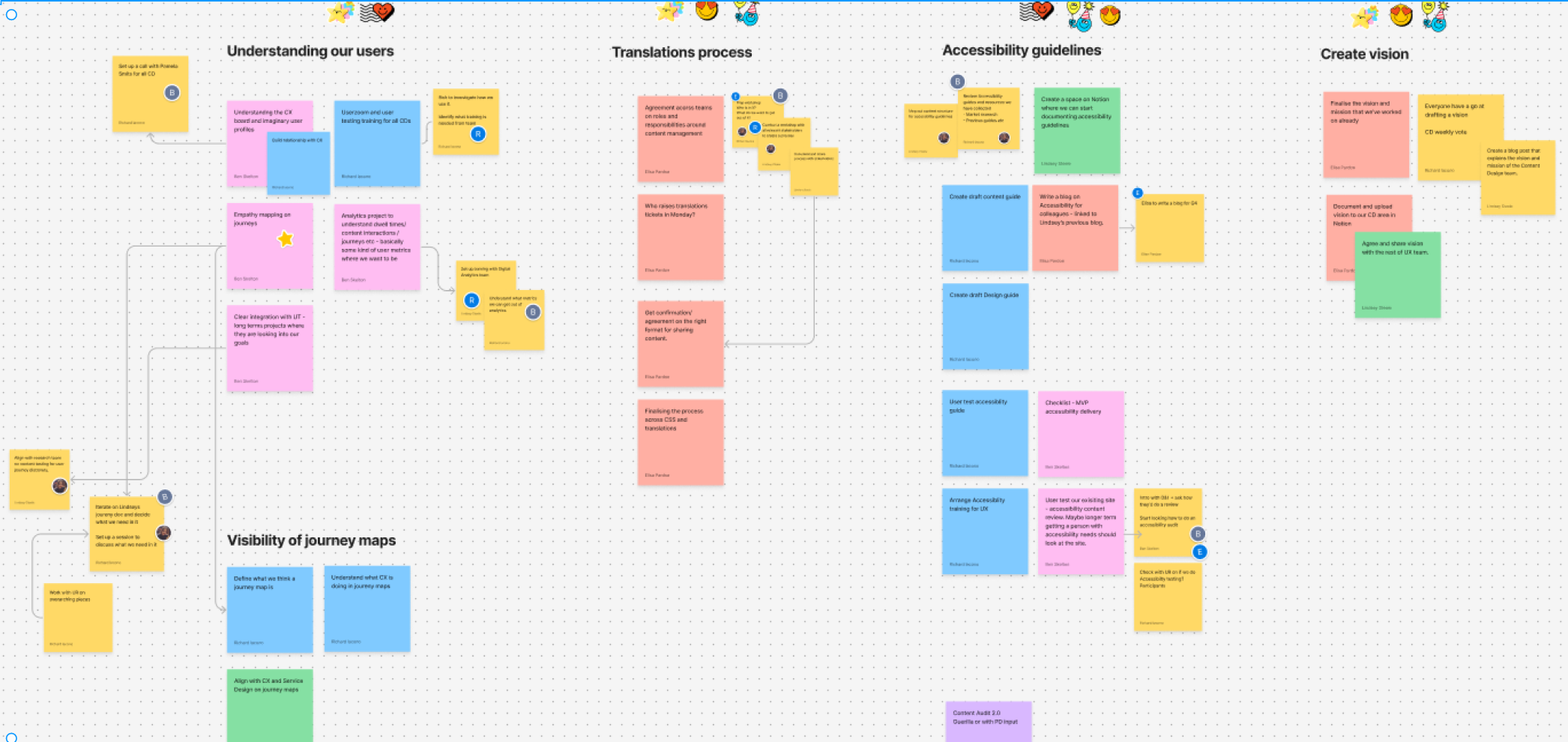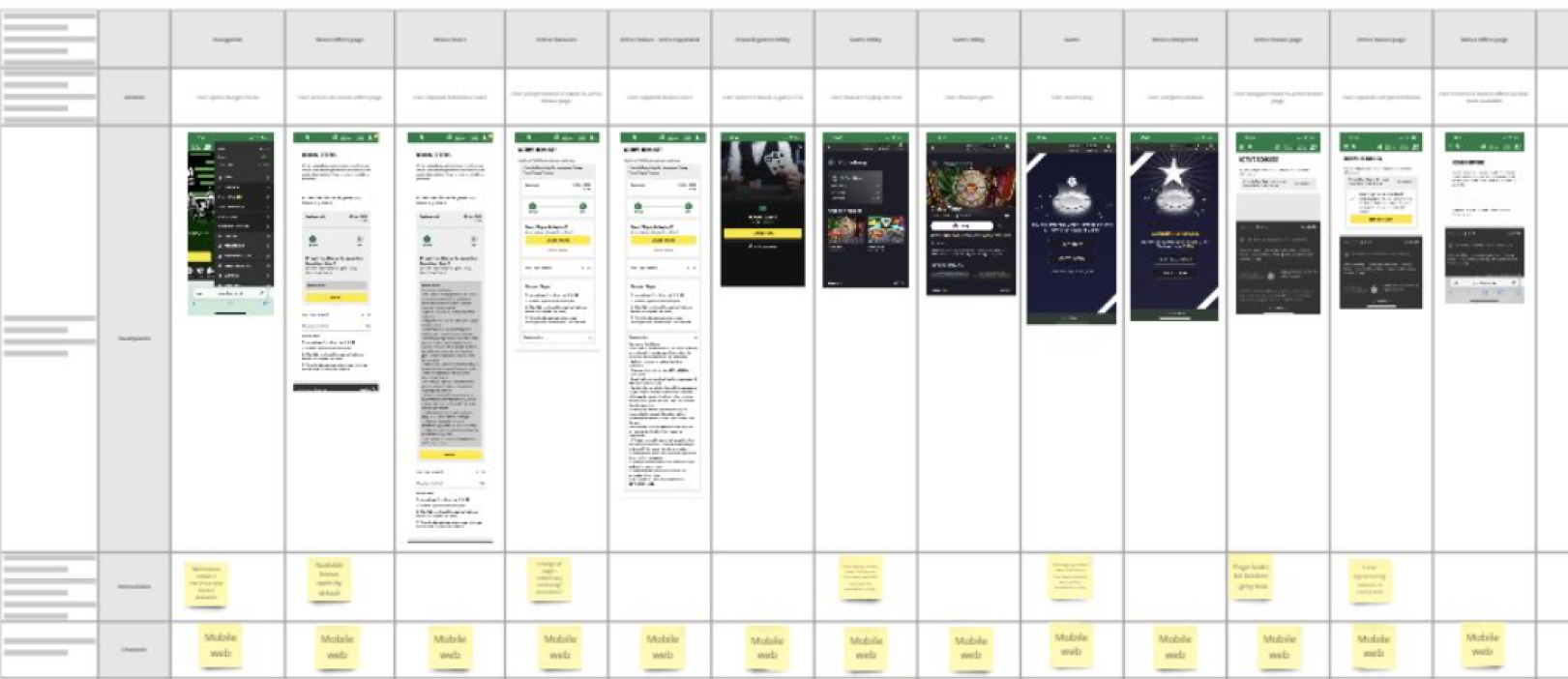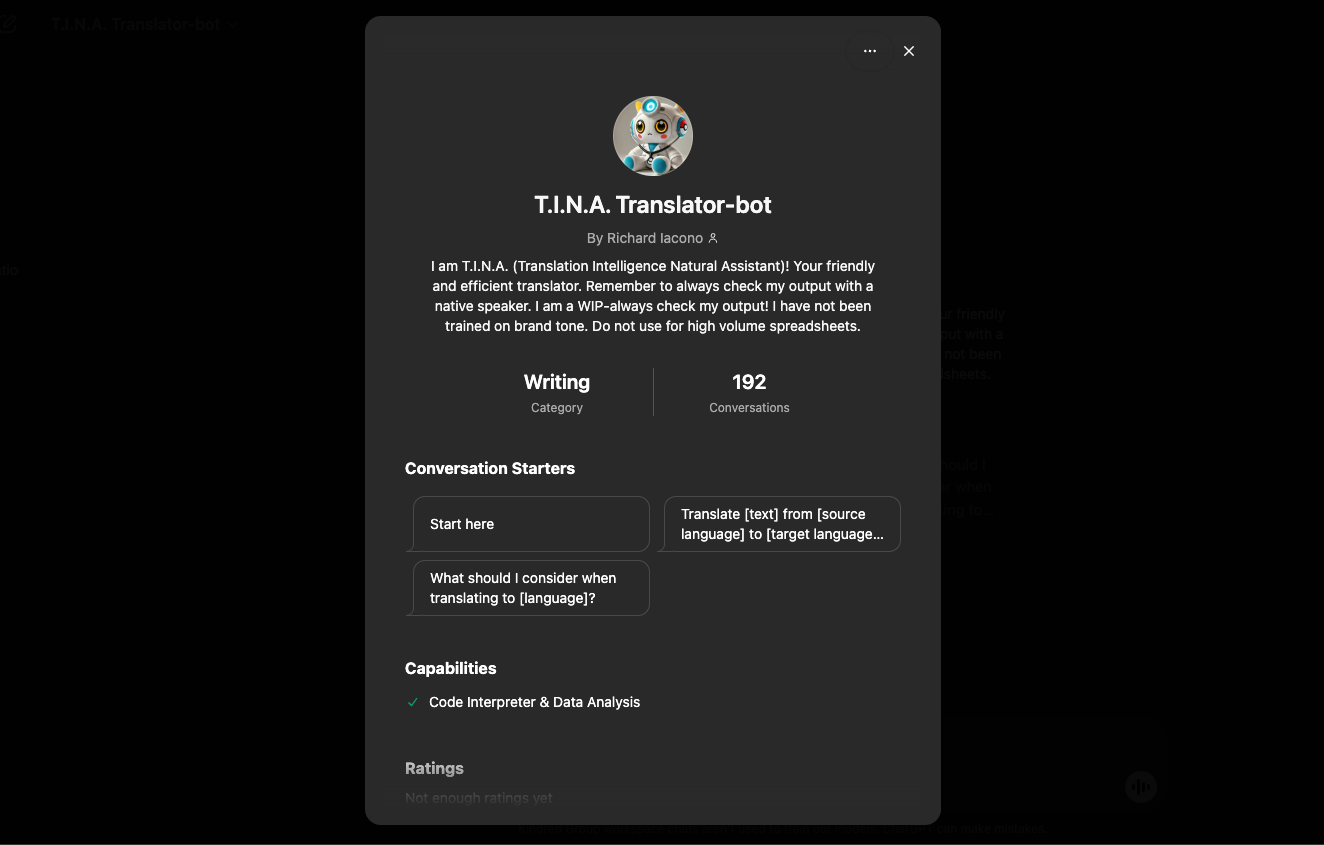Building a User-Centred Content Design Function at Kindred
The Challenge
When I joined Kindred as Head of Content Design, the organisation lacked a mature content design function. Several key challenges hindered the creation of consistent, user-centred content:
An inexperienced content design team with limited exposure to user-centred design principles.
No unified content strategy or established processes for delivering consistent, user-focused experiences.
Resource constraints (2 Content Designers).
Inefficiencies in translation processes across multiple markets.
Frustration and lack of clarity in ownership between content, legal, and compliance teams, leading to fragmented workflows.
A need to balance regulatory compliance with user experience in a highly controlled industry.
No style guide rules, glossary or content quality checks in place.
Establishing a Vision and Strategy
I worked closely with product leads and design stakeholders to define the vision for content design at Kindred.
This involved embedding user-centred design principles, aligning content strategy with business goals, and creating clear, transparent user experiences.
Building Team Capability
To address skill gaps, I introduced mentoring and coaching programmes, helping the team adopt user-centred design practices.
I implemented a governance structure and regular crit sessions to ensure consistent application of content standards and tone of voice across all touchpoints.
I delivered a series of Content Design foundations training sessions for all designers, to grow understanding and integrate into the design department.
Creating Processes and Metrics
I developed operational workflows for content design, integrating research and user testing insights and collaborative reviews.
These processes ensured content quality and alignment with user and business needs. To measure success, I established KPIs for engagement, clarity, and compliance, which informed continuous improvement.
The team conducted comprehensive audits of user journeys, identifying gaps in content quality, consistency, and accessibility.
These insights informed the development of new standards and style guide as well as actionable recommendations for product improvement.
Bridging Gaps with Legal and Compliance
The collaboration between content, legal, and compliance teams was initially siloed and inefficient.
I introduced an iterative, collaborative approach by involving legal and compliance stakeholders early in the creative process.
By showcasing the value of user-centred content design, I fostered trust and alignment.
Product managers, content designers, and compliance teams co-created solutions that balanced regulatory requirements with user-friendly outcomes.
Innovating Translation Workflows / AI
Recognising inefficiencies in the translation process, I created, tested and implemented an AI-powered localisation tool.
This streamlined workflows, reduced manual overhead, and improved turnaround times by 25%, ensuring consistency across markets. This AI tool is still the most used AI tool with Kindred.
Over the course of two years, the Content Design team evolved into a trusted partner, delivering impactful, user-centred and compliant content.
Accelerated Delivery: Collaborative content processes improved content delivery and the AI-driven translation processes reduced localisation turnaround times by 25%.
Increased Metrics Performance: User satisfaction (CSAT) rose by 11% over two years, alongside measurable improvements in clarity and compliance.
Improved Collaboration: Legal and compliance became embedded stakeholders in product iteration, significantly reducing complexity for users, reducing contact centre call costs and improving trust and delivery speed.
Unified Experiences: Delivered consistent design across Kindred’s product ecosystem while balancing regulatory and user-first principles.
Strategic Recognition: Content design as a strategic function, integral to product success and we grew the team to 6 Content Designers, embedded in each Product area.






